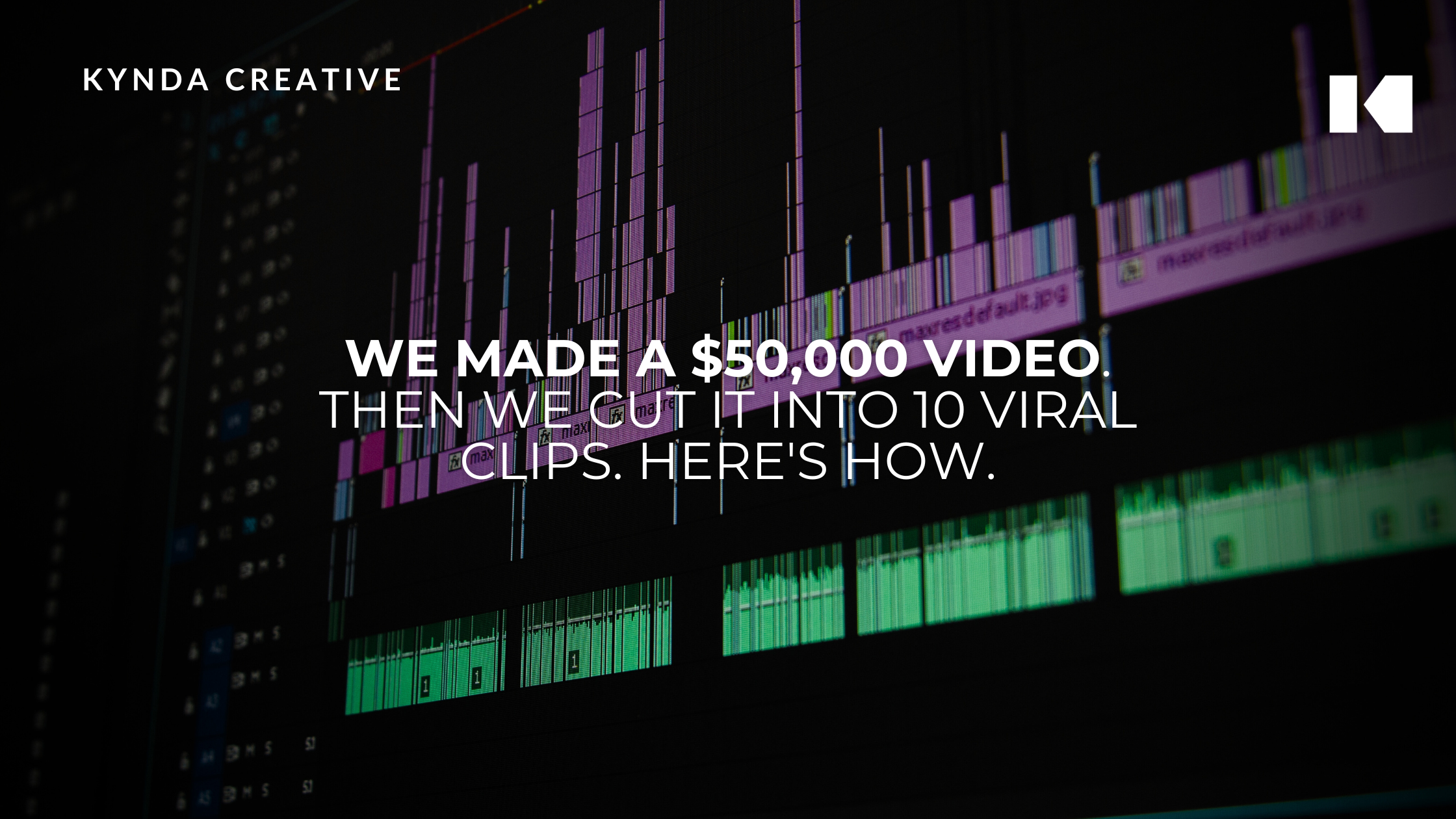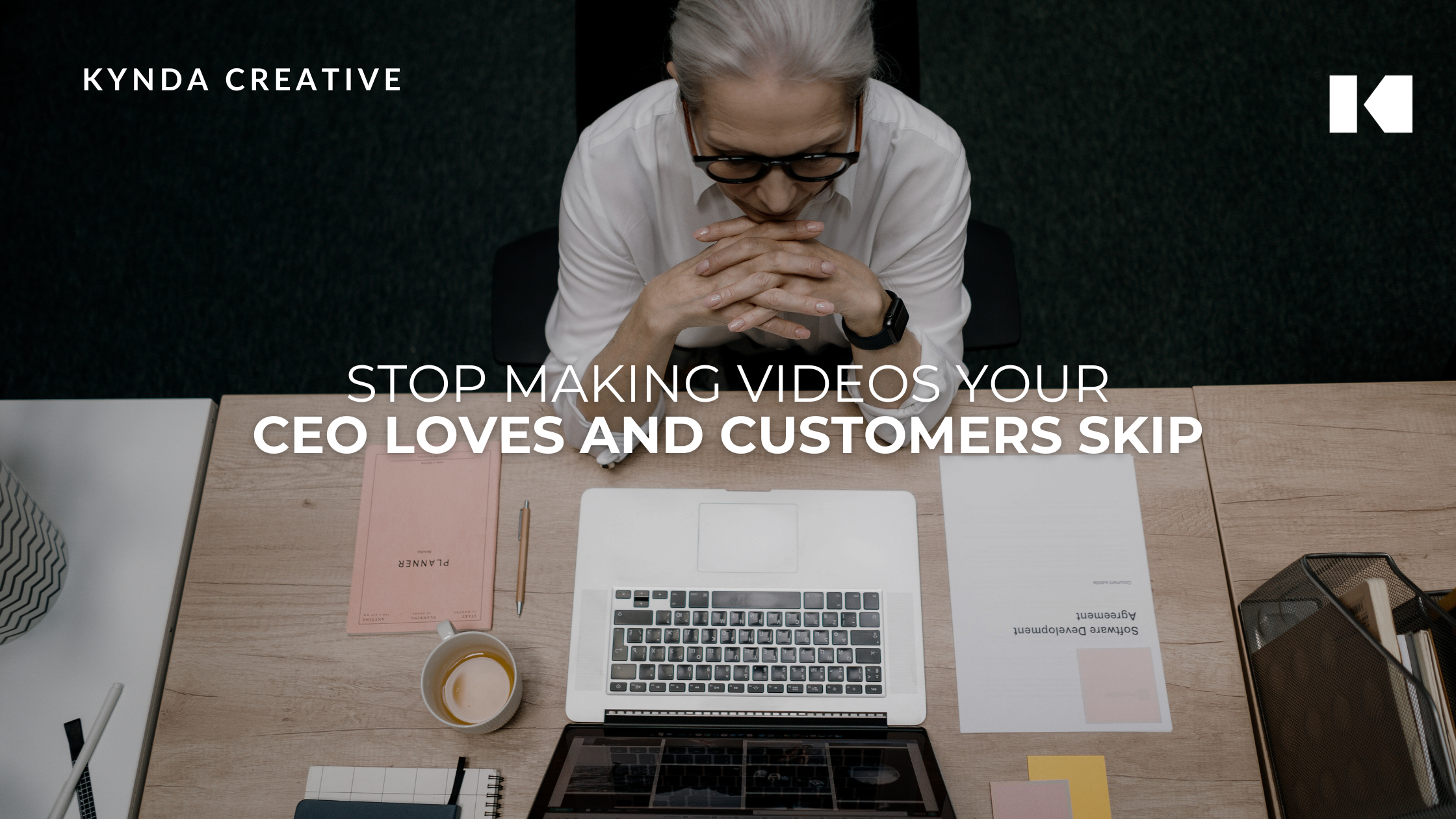The Only Thing Worse Than Bad Design? No Design Strategy.
November 21, 2025

Most teams treat design as finish‑line cosmetics. The result is work that looks fine in a Figma frame but breaks on contact with the real world. A design strategy aligns business goals, audience truths, and brand behaviors so every asset has a job to do.
What a real design strategy includes
- Purpose: the specific business outcome each asset should drive
- Audience truth: the problem, language, and context your user actually lives in
- Principles: 4–6 rules that guide decisions under pressure
- System: tokens, type scales, grids, motion, and content patterns
- Measurement: how you’ll know if the design is doing its job
If you can’t say what a component is for and how it’s measured, it isn’t strategic. It’s decoration.
Signs you’re shipping without a strategy
- You debate colors and fonts more than message clarity
- Each campaign reinvents layouts from scratch
- Product and marketing visuals feel like different brands
- The team “fixes” problems with more variants instead of clearer rules
Principles that prevent rework
- Clarity beats cleverness: state the value in the first line
- Consistency over novelty: reuse successful patterns before inventing new ones
- Motion with meaning: every transition communicates hierarchy or state
- Accessibility is non‑negotiable: color contrast, focus states, captioned media
- Content‑first: design serves the story, not the other way around
Strategy → System → Surface
- Strategy: decide what matters and why
- System: translate strategy into reusable constraints
- Surface: execute assets that inherit the system’s logic
This flow keeps teams from arguing taste and forces decisions back to principles.
From brand fluff to usable rules
- Abstract value → Concrete proof: replace “delight” with “time‑to‑value reduced by 30%”
- Fuzzy voice → Style guide: tone ladders, do/don’t examples, banned phrases
- Random grids → Layout kit: 8‑pt spacing, container widths, responsive breakpoints
Practical system starters
- Tokens: color, spacing, radius, elevation with semantic names
- Type: two families max, 3–4 sizes per breakpoint, line length targets
- Components: hero, feature row, testimonial, price card, nav, form, modal
- Motion: durations, easing, purpose per interaction
Collaboration that actually works
- Product: align on behaviors and states before pixels
- Marketing: define narrative arcs and proof points before visuals
- Content: scripts and copy frameworks ready before layouts
Sequence matters. A great layout with the wrong story still fails.
Measuring design like a product
- Acquisition: CTR, scroll depth to value prop
- Activation: task completion, time‑to‑first success
- Retention: return rate, feature discovery
- Perception: aided recall, preference in category tests
Tie each KPI to a component or flow. If it can’t be tied, it’s a nice‑to‑have.
A one‑week design strategy sprint
Day 1: align on business goals, audience segments, and constraints
Day 2: draft principles and success metrics
Day 3: inventory existing assets, map to jobs‑to‑be‑done
Day 4: build the first system primitives (tokens, type, layout)
Day 5: test two flows and one campaign against the system, adjust
Checklist: are we strategic yet?
- [ ] Each asset has a clear job and success metric
- [ ] Principles are written and referenced in reviews
- [ ] Tokens and type scales exist and are used
- [ ] Components cover 80% of needs without custom work
- [ ] Accessibility is verified, not assumed
- [ ] We iterate based on data, not preference
Bottom line
Bad design costs time. But design without strategy costs direction. Put strategy first, system second, surface last—and watch everything get faster and more consistent.
If you're ready to build a design strategy that aligns your team, connects to your business goals, and delivers measurable results, we can help.
Email us at hello@kyndacreative.com to get started.
..png)


















.png)














.png)









.png)







